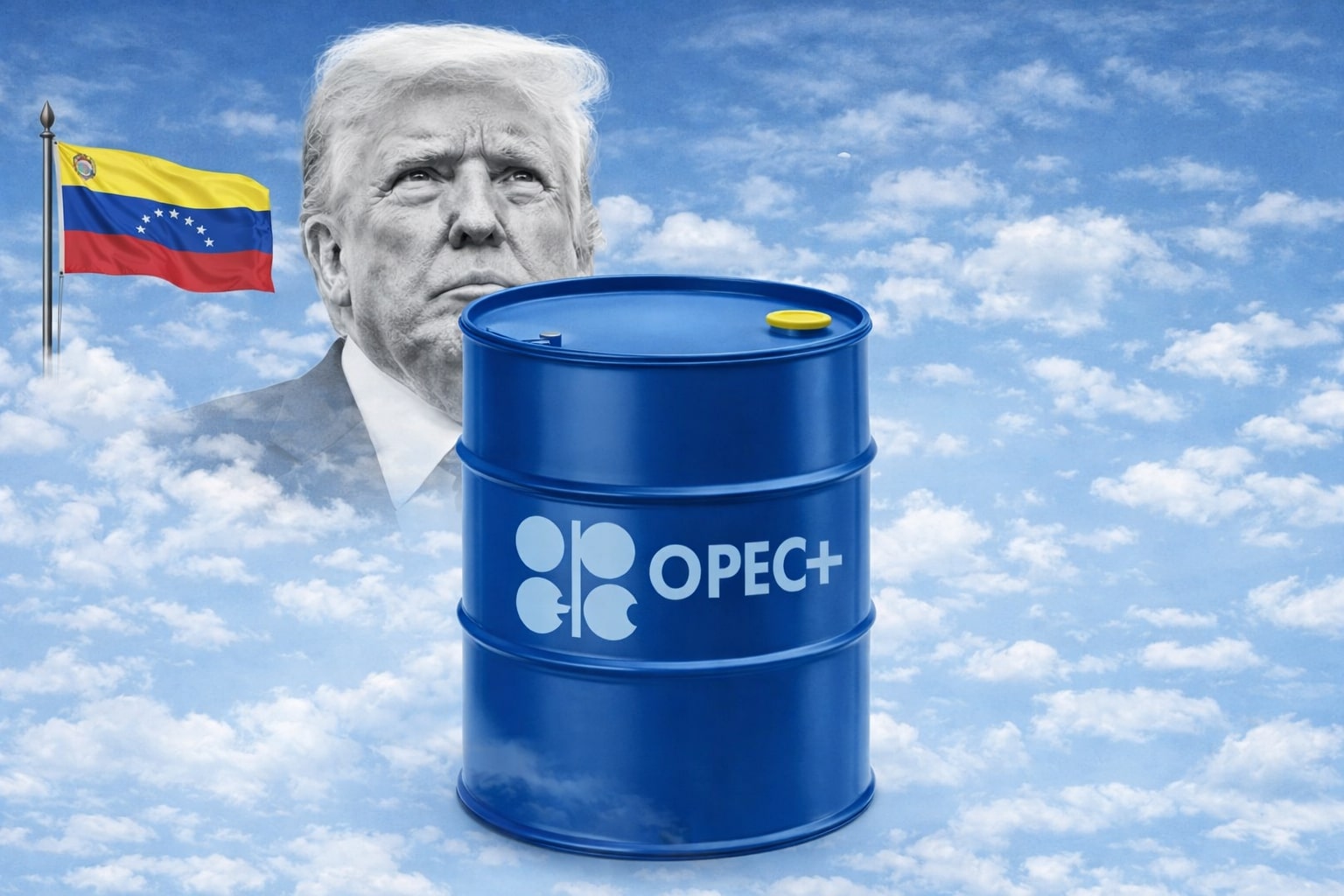WTI Crude CL=F Falls Below $62 as Weak U.S. Jobs Data Amplifies OPEC+ Supply Risks
Oil markets endured a sharp selloff, with WTI crude (CL=F) closing at $61.87, down 2.54%, while Brent crude (BZ=F) slid to $65.50, off 2.22%. The decline marks a third consecutive session of losses, driven by a combination of weak U.S. labor market data and the possibility of OPEC+ adding barrels back into the system. U.S. nonfarm payrolls rose by just 22,000 in August versus expectations of 75,000, fueling fears that slowing employment could drag on fuel demand. At the same time, U.S. crude inventories unexpectedly rose by 2.4 million barrels last week, challenging assumptions of a seasonal drawdown.
OPEC+ October Meeting and Supply Calculations Pressure Oil Prices
Reports indicate that eight OPEC+ producers are preparing to discuss additional production hikes at Sunday’s meeting, with the potential unwinding of 1.65 million barrels per day of earlier cuts. That figure equals 1.6% of global demand and could significantly increase supply into a market already at risk of surplus. Commerzbank analysts note that if the planned hikes are implemented, prices could face sustained downward pressure, especially as OPEC+ nations balance market share objectives against price stability. At the same time, Russia continues to export heavily, with fresh supply deals struck with China, blunting the impact of Western sanctions.
China’s Stockpiling Keeps Brent Above $65 Despite Bearish Sentiment
One factor preventing a more severe collapse in BZ=F Brent crude is continued Chinese buying for storage. Data from S&P Global shows China has been absorbing around 530,000 barrels per day for strategic reserves, nearly double its usual pace. Beijing now controls an estimated 1.4 billion barrels of crude in storage, which has cushioned the blow of weak demand signals. However, analysts warn that this storage demand is not infinite, and once China eases buying, oversupply risks could drag Brent back toward $60.
Geopolitical Undercurrents Add to Market Volatility
Supply-side risks remain despite the bearish tilt. U.S. President Donald Trump has urged European allies to halt Russian oil purchases, though Russia continues to find buyers in India and China. Meanwhile, Norway has cut its Russian oil price cap from $60 to $47.60 per barrel to align with EU sanctions, further tightening restrictions on Moscow’s revenue streams. This comes as India reiterates its intent to continue buying Russian barrels despite a 50% U.S. tariff, highlighting the fractured geopolitical landscape that leaves oil flows highly politicized.




















